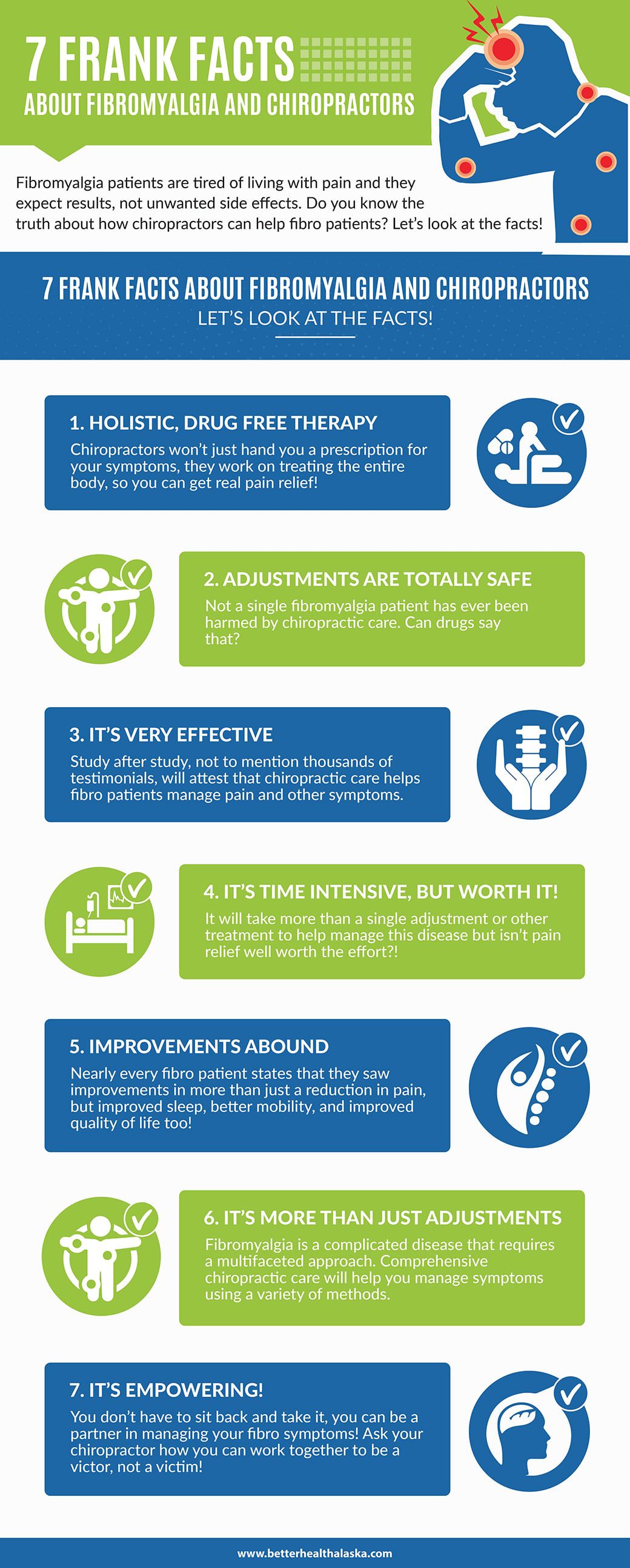Get Ready To Delve Into The Fascinating Globe Of Mobile Interactions In Cold Laser Treatment And Just How It Makes Use Of Light To Promote Recovery. Take A Much Deeper Dive Into The Scientific Aspects!
Get Ready To Delve Into The Fascinating Globe Of Mobile Interactions In Cold Laser Treatment And Just How It Makes Use Of Light To Promote Recovery. Take A Much Deeper Dive Into The Scientific Aspects!
Blog Article
Author-Castro McIntosh
You may have heard of cold laser therapy as a promising therapy choice for different problems, but have you ever asked yourself how it in fact works on a cellular degree? Comprehending the mechanisms behind this therapy can shed light on its performance in promoting recovery and minimizing swelling. By exploring the science behind cold laser treatment, you'll obtain insights right into the interesting ways in which light can affect mobile processes and promote tissue repair service.
Just How Cold Laser Treatment Works
To understand exactly how cold laser treatment works, you need to realize the fundamental principles of how light energy engages with biological cells. Cold laser therapy, likewise called low-level laser treatment (LLLT), makes use of certain wavelengths of light to pass through the skin and target underlying cells. Unlike the extreme lasers utilized in operations, cold lasers send out low degrees of light that don't produce warmth or cause damages to the cells.
When over here get to the cells, they're taken in by elements called chromophores, such as cytochrome c oxidase in mitochondria. This absorption causes a collection of biological feedbacks, including increased mobile power production and the launch of nitric oxide, which improves blood circulation and lowers inflammation.
Furthermore, the light energy can also stimulate the production of adenosine triphosphate (ATP), the power currency of cells, helping in mobile repair and regrowth processes.
Essentially, cold laser therapy harnesses the power of light energy to advertise healing and reduce pain in a non-invasive and gentle way.
Devices of Activity
How does cold laser therapy really work to produce its healing results on biological tissues?
facial laser treatment near me , also known as low-level laser treatment (LLLT), runs with a process called photobiomodulation. When is elmsford ny safe is put on the skin, the light power passes through the cells and is absorbed by chromophores within the cells.
These chromophores, such as cytochrome c oxidase in the mitochondria, are then promoted by the light power, resulting in a cascade of organic reactions. One vital mechanism of action is the enhancement of cellular metabolic process.
The absorbed light power enhances ATP manufacturing in the mitochondria, which is critical for cellular feature and repair work. In addition, cold laser therapy assists to reduce inflammation by hindering inflammatory conciliators and promoting the launch of anti-inflammatory cytokines.
This anti-inflammatory result adds to pain relief and cells healing.
Therapeutic Effects
Recognizing the therapeutic impacts of cold laser treatment involves identifying how the improved cellular metabolism and anti-inflammatory residential or commercial properties contribute to its positive end results on organic cells.
When the cold laser is applied to the damaged area, it promotes the mitochondria within the cells, leading to increased manufacturing of adenosine triphosphate (ATP), which is critical for cellular function and repair. This increase in mobile energy speeds up the recovery process by promoting tissue regeneration and lowering inflammation.
Moreover, the anti-inflammatory properties of cold laser therapy assistance to reduce pain and swelling in the targeted area. By preventing inflammatory moderators and advertising the release of anti-inflammatory cytokines, cold laser treatment aids in relieving discomfort and enhancing the overall recovery action.
This decrease in swelling not just provides prompt alleviation but additionally sustains long-term cells repair work.
Conclusion
To conclude, cold laser treatment works by promoting cellular repair work and cells regrowth via photobiomodulation. Its anti-inflammatory residential properties give discomfort relief and reduce swelling by preventing inflammatory arbitrators.
This therapy supplies a detailed approach to healing, providing both prompt alleviation and long-term tissue repair service benefits.
With its systems of activity, cold laser treatment confirms to be a reliable and appealing treatment alternative for a variety of conditions.
